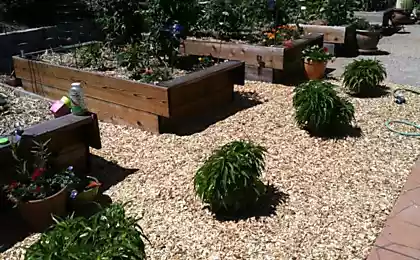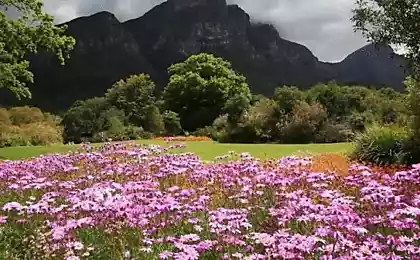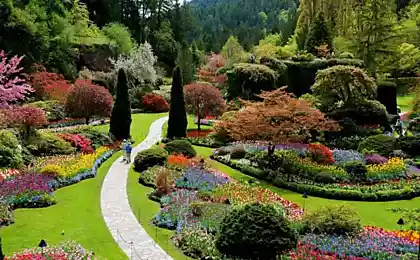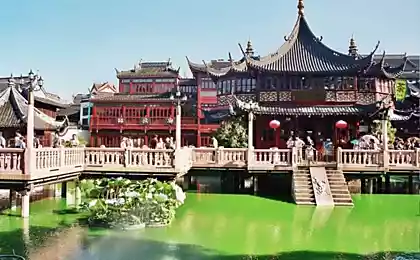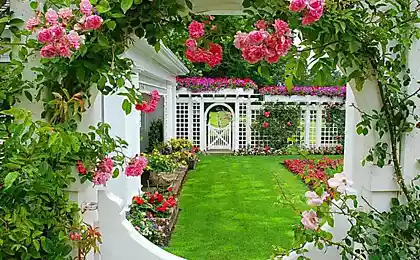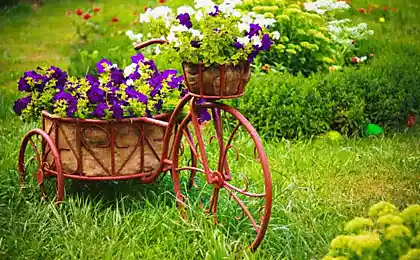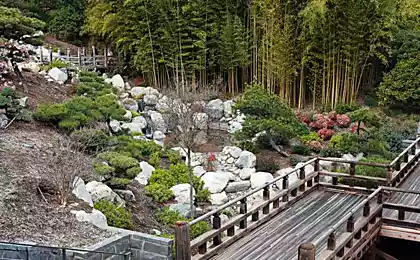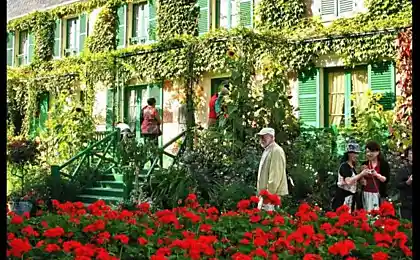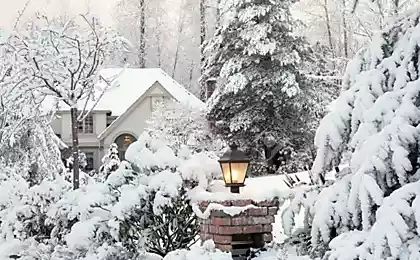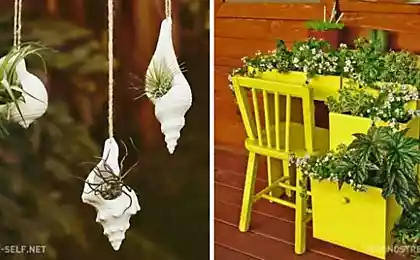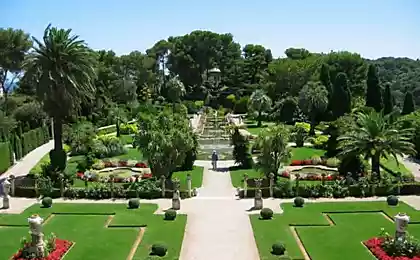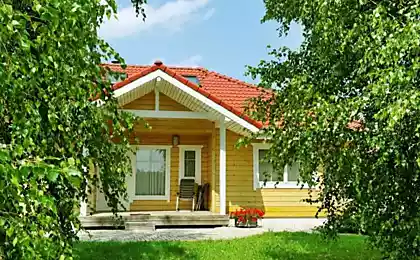583
Forest garden for the lazy
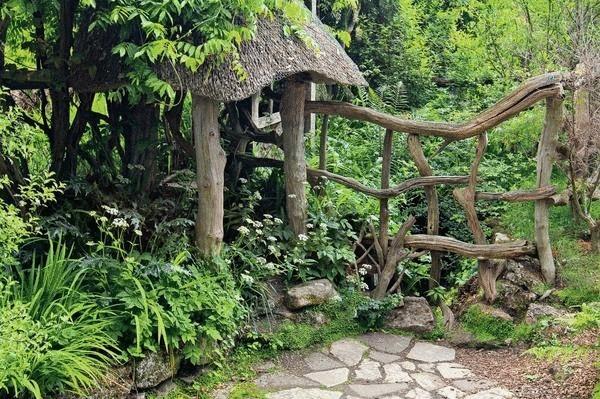
Harmony of the forest landscape are similar to many of us. About how to organize such a beauty on its own site, says Anna Rubinina Creator nursery rare plants "the Coppice".
Thickets of fragrant lilies of the valley and white carpet anemone Asherah, scattered in spruce-deciduous forest, sky blue scattering groves to pine forests, blue splashes of violets and yellow primroses on a glade of forest edges — wonderful pictures of mother nature that are all rarely found around big cities. So, it may be worthwhile to bring this miracle to life on their site?

In the end, what colors to prefer, traditional or forest garden, is just a matter of taste. But there is a strong argument in favor of the forest garden: the flowers no weeds, no watering from a watering can or hose, not feeds fertilizers, however, they expand the whole glades.
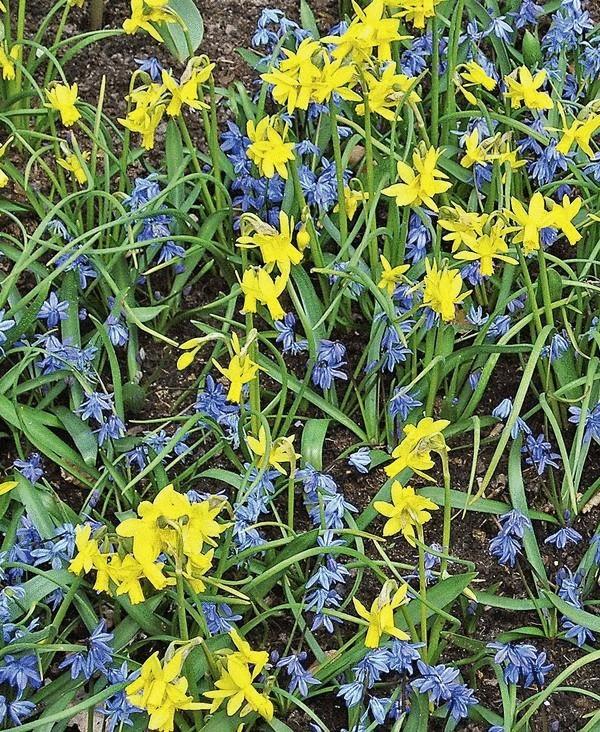
Lazy gardeners will be pleased to find that many of the works, the usual for a standard garden, in the forest just lose their meaning. For example, raking leaves in the fall here is not only unnecessary but harmful activity. Litterfall restores the fertility of the soil, holds in soil moisture, evens out temperature differences and protects the roots from overheating in the heat and insulates in winter. And yet — the forest protects the community from the invasion of weeds, but preserves seeds of wild flowers that have fallen to the ground, and hence, the self-seeding by which plants maintain their population.
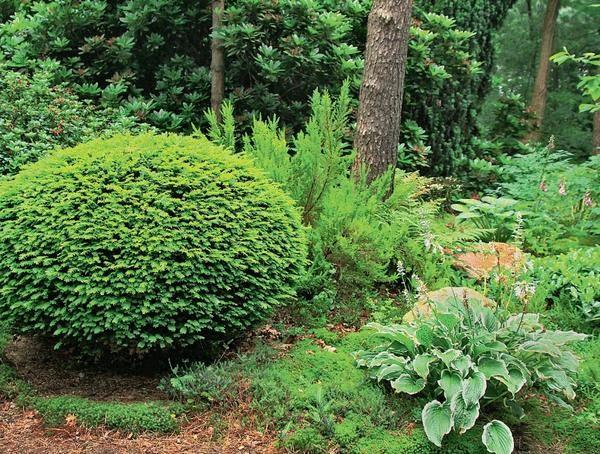
Will not hassle with cleaning the aerial parts of plants. In the forest ephemeroides the leaves wither by early summer, but remove them no need, since they hide under leaves adjacent groundcover plants, already grown considerably by this time.
Plants with winter-green leaves, such as woods, or the anemones, of Epimedium and moroznika, go green in the winter and do not require cleaning.
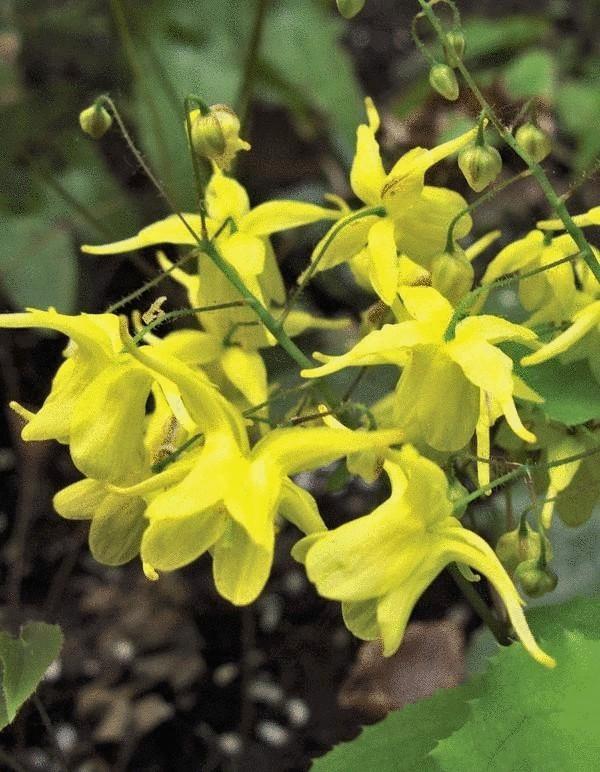
Important: remember, cutting under the winter leaves of forest plants, you reduce their winter hardiness. Finally hardy wild flowers of the local flora and correctly matched wild exotics will save you from time-consuming work on warming your country of the Kingdom and protect it from frost. Snowdrops, Corydalis, anemone, Rantisi Scilla and a number of other primroses resistant to cold and did not fear its consequences. So that in the spring, even after the return of short-term frost, their buds thaw and continue to bloom!
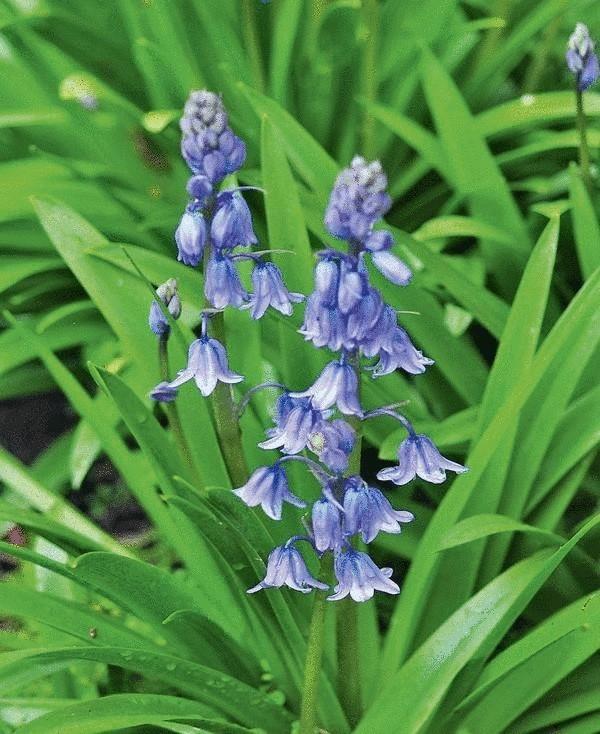
The forest area is already quite complete and also sustainable landscape. The main thing is to try to preserve it in the building and develop the area. Mature trees give welcome shade under them is already forest soil, formed your plant life. This area will become an excellent basis for the creation of forest tracks and present the shadow garden care which will not be burdensome.
Tip: determine what part of the forest you want to keep. It is necessary to preserve not only the trees but also the soil of the natural grass cover. It established a community of plants that lives by its own laws. Perekopa plot, or sprinkling on top of imported soil, you will open the gate for the large army of dandelions, pigweed and other weeds.
The most diverse ground cover in deciduous and mixed forests. In contrast, evergreen coniferous forests in the spring they are light and so comfortable here the plants are photophilous, but before leaving for the summer rest.
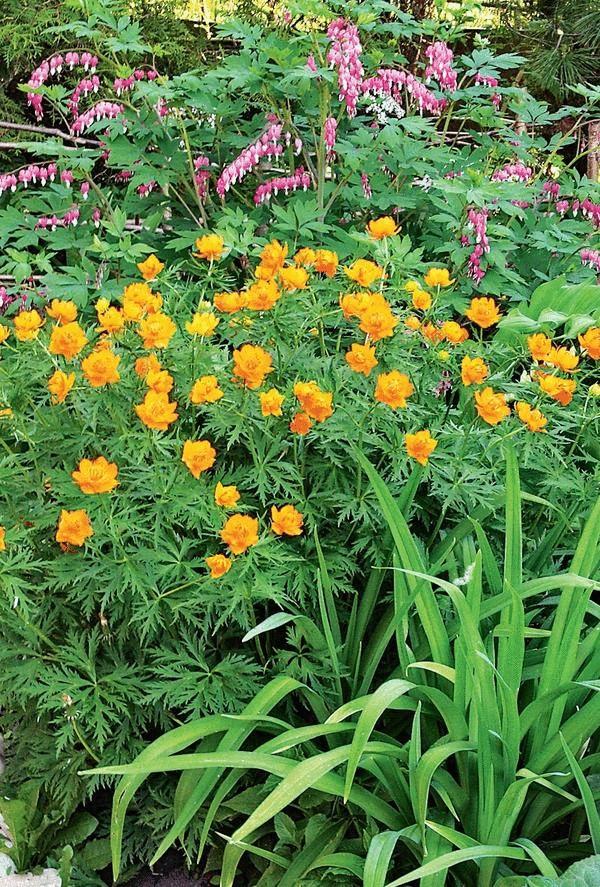
In the company of forest plants can add variety. In such circumstances, will continue to heal some of the exotic: American Turki (or tiarella), far Eastern blue and korotkobazny, Caucasian and East Asian gorjanki, pechenocna Transylvanian Carpathian forests.

The choice depends largely on the breed of trees growing here and their age. The most hard case — birch, under them, though light, but they are so badly dry out the soil that few people are able to withstand such a neighborhood. But if white-trunked beauties are still young, you can try to settle them early primroses, which are satisfied by moisture from a flock of snow, such as snowdrops or unusually tenacious groundcover semishrubs with evergreen leaves — periwinkle. Under the lindens, mountain ash, hazelnut trees for a "forest flower" is much softer. Here will grow well and spring ephemeroids: a variety of Corydalis, anemone, jubanka, shade-tolerant groundcover plant that retains leaves until autumn: Lily of the valley, Solomon's seal, violets, lungwort, facilitiy and winter-green anemones, moroznika and gorjanki.

Tip: all of these plants are better to plant groups.

Let's take a closer look at prospective immigrants, in fact, before you move them to new habitats, it is worth examining the characters that will help you to make the right choice. One of the most charming spring plant — Corydalis. Among members of this family are annual and perennial, tuberous, and not having the tuber, forest and mountain views. For our purposes, a better fit forest tuberous Corydalis, which thrive under the shade of the trees. Even if we limit ourselves to only one species — Corydalis Haller — the choice is great, as this plant is represented in horticulture by a number of varieties. Delicate carpet of wild pink and purple Corydalis Haller I'm sure many have seen in the spring woods. Quite a few nodules transplanted into the garden, and a few years of the same lovely carpet of flowers will appear every spring in your wooded area. If a little smoky hints of the wild form seems not bright, buy high-quality plants, but don't forget: they grow not so intensively.
Corydalis Haller — undemanding plant that is resistant to cold and diseases, blooms in early spring.
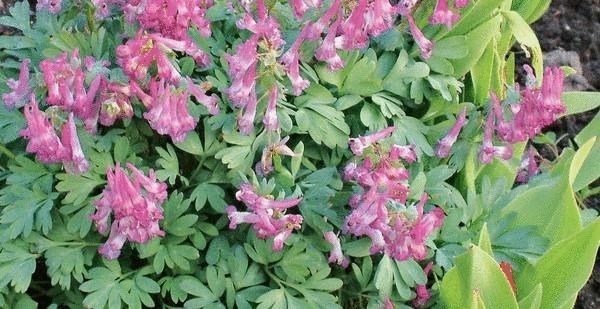
Especially brightly against bare ground and fallen leaves look of a crested bird with white flowers: ‘White Bird’, ‘Snow Storm’, ‘White Knight’, ‘Ice Nine’, ‘Kissproof’. Unusual red, salmon, terracotta flowers in the cultivars ‘Prasil Strain’, ‘Zwanenburg’, ‘Munich Form’, ‘Nymphenburg’, pink ‘Beth Evans’, ‘Dieter Schacht’, ‘Blushing Girl’, ‘Netletton Pink’, blue and purple-blue ‘Blue Dream’, ‘Blue Pearl’, ‘Blue Giant’, ‘Evening Shade’. Blooms Corydalis Haller and her grades at the end of April — early may, plant height 15-25 cm
Might do well in a woodland garden under the trees and anemone, although in nature they would prefer wetter places. Not require virtually no maintenance when planted in the "right" place yellow anemone yellow and white anemone Asherah. There are many garden forms with pale lavender flowers are hybrids with pale yellow and sulphur-yellow flowers, double and anemone, forming dense, very beautiful courtines. Very quickly under deciduous trees naturalized violet scented, which is propagated and self-seeding, and aerial shoots. If she gets to the flower garden with well-treated soil, new seedlings, you'll find every year. And violets of nursing, which is also characterized by remarkable vitality and adaptability, has an interesting shape with mottled, white, and crimson flowers — a ‘Freeckles’, ‘Albiflora’, ‘Prisceana’, ‘Rubra’.
Muscari multiply the children or seed and prefer a Sunny corner of the garden.

On the edge of a suburban forest, where more light will feel good winter hardy Primula acaulis, or ordinary. Multiply by self-seeding, it can settle in the wild and the lawn adjacent to the forest part of the site. After flowering, short flower stalks fall to the ground, and obkusyvanie lawn does not prevent the spread of plant seeds. If the place of the primroses like it, you will have your own varieties: yellow, white and purplish, because the seedlings if cross-pollination is always a little different from the parents.
Lilies of the valley do not put your flowers on display, they are small, greenish-white buds hiding among the leaves. However, the incredible charm and delicacy of this humble flower with an elegant aroma will not leave indifferent any connoisseur of beauty. But beware — in the cultural bed of wild lilies to give freedom to dangerous: their long, well-branched underground rhizomes to quickly seize territory. So in a classic flower garden they are best planted in containers or otherwise limit their growth. In comparison with the natural form of double and variegated forms are much more modest.
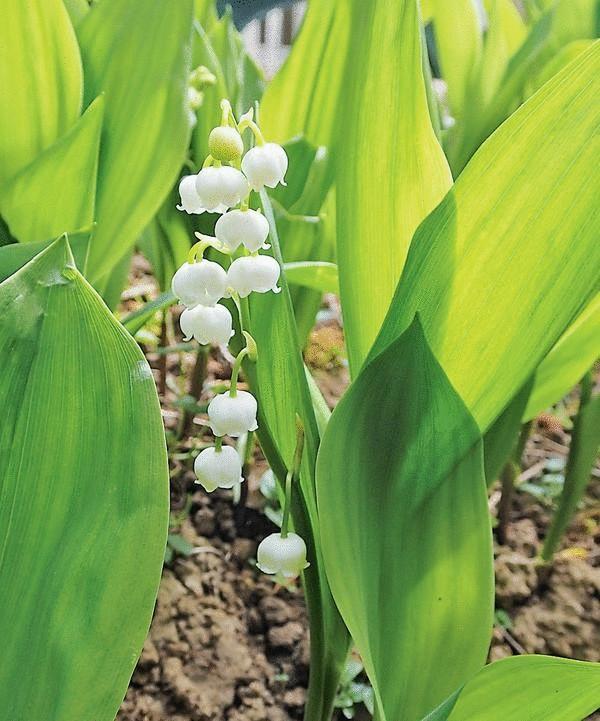
Double, white and pink flowers of cultivars from the group Flore Pleno, forms Albоstriata stripes on the leaves ‘Variegata’) yellow, and the flowering shoots they are less visible or absent. Form Vic Pawlowski''s Gold has dark green leaves with cream stripes. Golden yellow fringe in Cream da Mint, yellow-green — Hardwick Hall, unevenly yellow — Touch of Lemon. Important: in the forest the garden the Lily of the valley company will be ferns, Solomon's seal, Kapiti, Turki and other shade-tolerant plants.
Laid down in autumn flower buds of anemones bloom in the sun immediately after the snow melts. We know, as a rule, pechenocna noble with lobed, leathery leaves and purple-blue flowers, decorated in the center with a bundle of contrasting bright yellow stamens. In the culture she represented a number of varieties, forms and varieties with simple and double flowers of different colors.
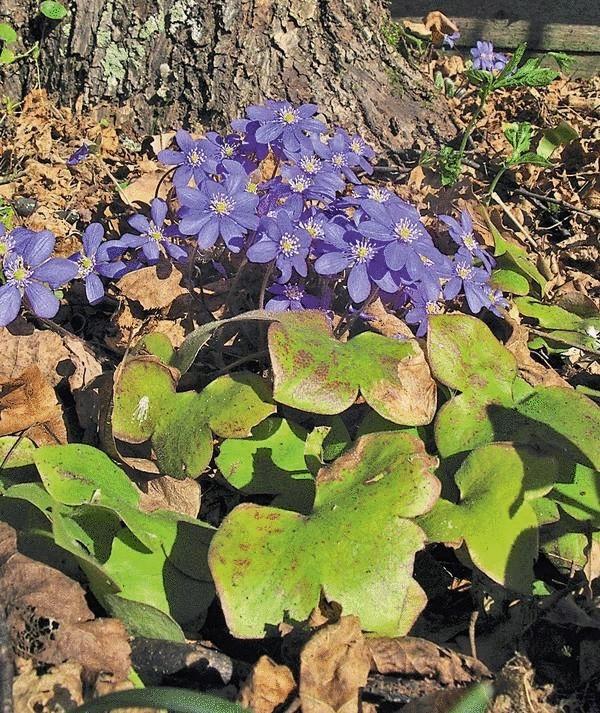
Even more unpretentious garden pechenocna Transylvanian with five-lobed leaves and large blue flowers, in the middle lane Russia, it is even more winter-hardy and grows well not only in shade but in the sun and prefers a heavier soil. The flowers can be white, pink, lilac, simple and double. Important: for planting pechenocna (with the exception of Transylvanian capable of transferring the sun) choose a shady place, where it is always cool in hot weather.
After a few years the plants form a large group. However, the success is guaranteed only in the absence of a number of aggressive weeds. It is curious that this little forest flower, the life expectancy of a single instance up to 25 years and more!
In autumn with the onset of cold weather, planting the varietal pechenocna useful to mulch with a thin layer of leaf mold or peat is neutral to protect in the event of a snowless frost flower buds are formed just above the surface of the earth. Wild species in the garden perfectly reproduce by self-seeding, the seeds ripen in mid-summer. Cultivars, sterile forms and hybrids are propagated by division of rhizomes in spring during flowering, to the beginning of regrowth of leaves.
Compared to pechenocnae flowers mirosnikov belonging to the same family Ranunculaceae, is huge — up to 10 cm in diameter. They are attractive long-flowering, due to the fact that decoration of a flower quickly fading creates the Corolla, and calyx. Depending on the species and varieties it can be white, green, pink, purple, almost black and even spotted.

As the center of the flower the fruit is ripe, the calyx gradually turns green. But in this form the flower is unusually good. Very beautiful from mirosnikov and dissected leaves, depending on the species they are evergreen or dying at the beginning of each winter.
■ Completely eliminate plants that require frequent division and transplanting, for example plant, astilbe and Phlox paniculata.
■ Remember, varietal Corydalis with beautiful flowers propagate by division of the nests, and if not, their tubers are crushed already in 3-4 years. Species Corydalis, on the contrary, perfectly reproduce by self-seeding. If they "run away" from the forest garden and will be scattered across the site, problems with them will not, because in summer the tubers of ephemeroids are at rest, so unlike noxious weeds Corydalis do not compete with other plants in the garden.
■ Excess fertilizers forest garden does not need too fertile soil will be delighted not only your favorite flowers, but perennial rhizomatous weeds, which will choke his more delicate and modest neighbors. Make planting holes in the garden compost, leaf mold, weathered peat or forest land.
■ Be careful in the forest garden did not there were areas with bare earth — they immediately appear weeds. These spots should be covered with fallen leaves.
Text: I. Volkovskaya. Photo: I. Volkovskaya, S. Kovalenko, A. Lysikov, SFG/Fotolia.com.published
Source: www.7dach.ru
Boys. Should they be men?
Chocolate has become more delicious and healthier thanks to the scientists
